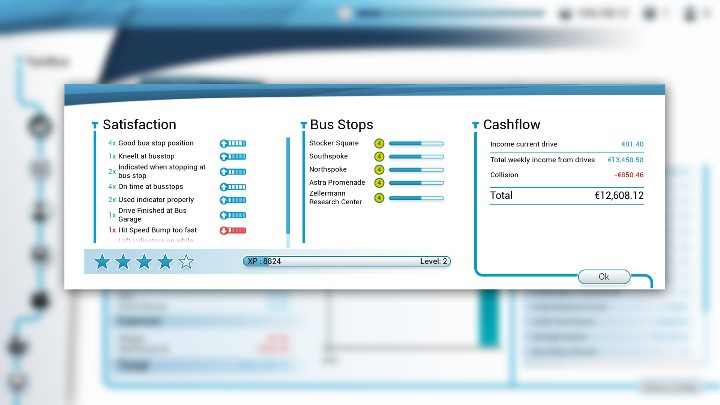


An ad featuring an actual bus rider who dressed as Batman “got the most attention,” said Lucas. We “kept some Austin weird in it,” said Lucas. Messaging appeared in three main spaces: buses, online, and radio spots that were recorded in both English and Spanish.īased upon the meta-slogan “real riders,” the campaign took advantage of local idiosyncrasies. “Our customers were able to relate to the folks that we were showing in ads,” Lucas said. A marketing campaign starring ordinary (and kind of weird) peopleĬapital Metro photographed and crowdsourced pictures of their regular riders. Although research on transit marketing nationwide is scant, the Austin campaign shows the value of a smart ad campaign. In addition to lowering fares, Capital Metro launched a marketing campaign with a goal of long-term travel behavior change. To fix this, the city lowered fares to $1.25, matching the rest of Austin’s bus system. Yet premium pricing for this express service hurt ridership when MetroRapid opened in 2014. Transit lanes in selected areas, along with signal priority, means that buses get a head start with a few seconds of the green light before other vehicles. weekends, making MetroRapid highly dependable without too much planning, fretting, and waiting. Buses arrive every 10 minutes, and service extends to 2:30 a.m. MetroRapid (the two express routes) “crosses the heart of Austin,” Cynthia Lucas, Marketing Director at Capital Metro, told me earlier this month. The results were unusually good: a 38 percent increase in weekday riders and – surprisingly – an 85 percent increase in weekend riders, according to Austin’s Capital Metro. Starting in late 2016, the campaign stemmed decreasing ridership, preparing the way for an entirely redesigned bus network in 2018. Last year, Austin, Texas launched two express bus routes with a new marketing campaign. It’s one thing to provide a new transit service, and another to get people to use it. The Transportation Cost-Savings CalculatorsĪustin’s transit marketing focused on “fun” trips instead of commuting (and it worked).Transportation Demand Management Resources.Key Research-Based Insights for Mobility Management (TDM) Programs.Impacts and Benefits of Mobility Management.Demographics and Development for Commuter Service Managers Guides.Business / Employer / Employee Transportation Services Surveys.Arlington Transportation Partners’ (ATP) Fiscal Year Annual Reports.Arlington County Commuter Services Reports.


 0 kommentar(er)
0 kommentar(er)
